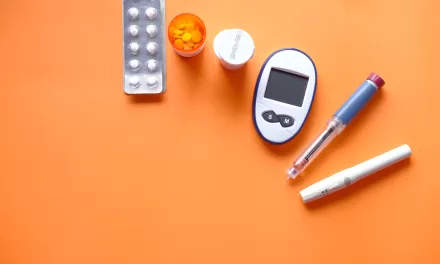
A group of engineers based in the US, led by an individual of Indian descent, has engineered a robotic replica of the heart’s right ventricle, emulating the beating and blood-pumping action of living hearts. This lifelike model, crafted by the Massachusetts Institute of Technology (MIT) team, holds promise for advancing heart implants and shedding light on lesser-explored heart conditions.
Among the heart’s four chambers, the left ventricle stands as the primary force, boasting thick musculature designed to efficiently pump blood throughout the body. However, the right ventricle, often vulnerable in intensive care settings and especially in patients on mechanical ventilation, drew attention from Manisha Singh, a postdoc at MIT’s Institute for Medical Engineering and Science (IMES). Singh emphasized the potential of the robotic right ventricle (RRV) simulator in studying the effects of mechanical ventilation on this chamber and devising strategies to prevent right heart failure in such susceptible patients.
The team’s model, detailed in the Nature Cardiovascular Research journal, integrates genuine cardiac tissue extracted from a pig’s right ventricle, treated and enveloped with a silicone wrapping acting as a synthetic myocardium. Embedded within this lining are elongated, balloon-like tubes strategically positioned, as determined by computational models, to replicate the ventricle’s contractions accurately.
Each tube links to a control system, regulating inflation and deflation in sync with the heart’s rhythm and motion. This innovative approach aims to address the limitations of conventional tools in capturing the intricate mechanics of the right ventricle, potentially reducing misdiagnoses and inadequate treatments, as highlighted by Singh.
The artificial ventricle can simulate both healthy and diseased conditions, allowing the team to replicate right ventricular dysfunction, such as pulmonary hypertension and myocardial infarction. They also utilized the model to evaluate cardiac devices, inserting a mechanical valve to repair a malfunctioning natural valve and observing resultant changes in pumping functionality.
This novel robotic right ventricle, or RRV, serves as a realistic platform for investigating right ventricle disorders and testing various devices and therapies intended for treating these conditions.











